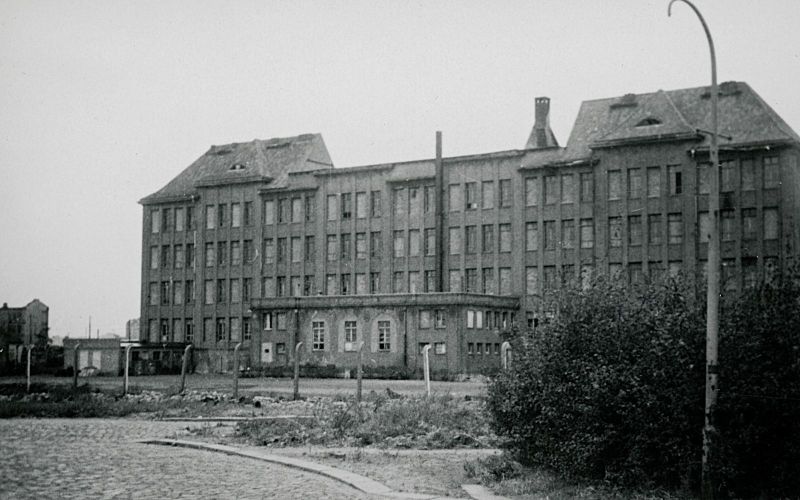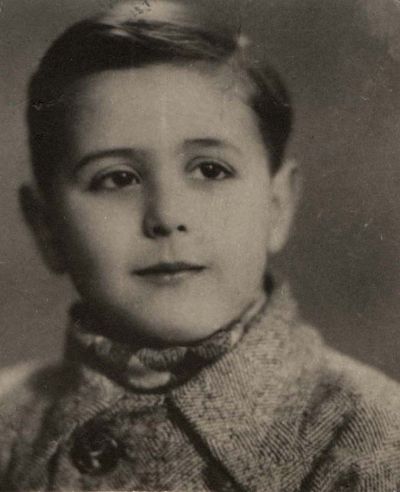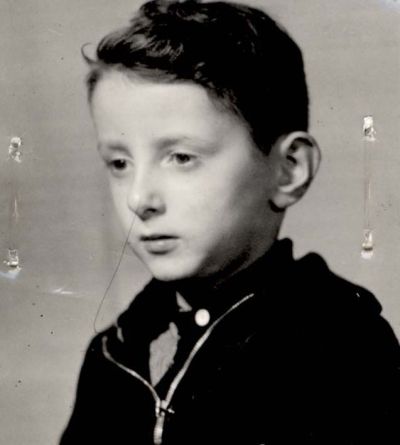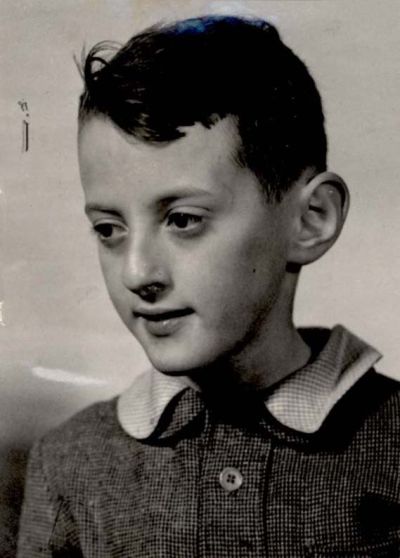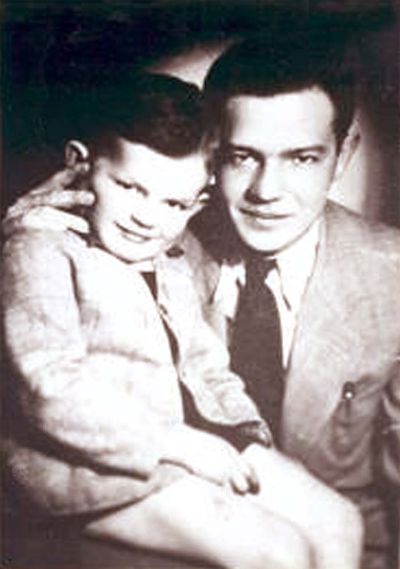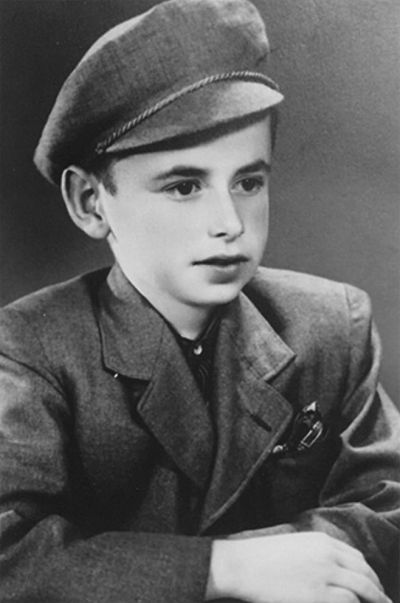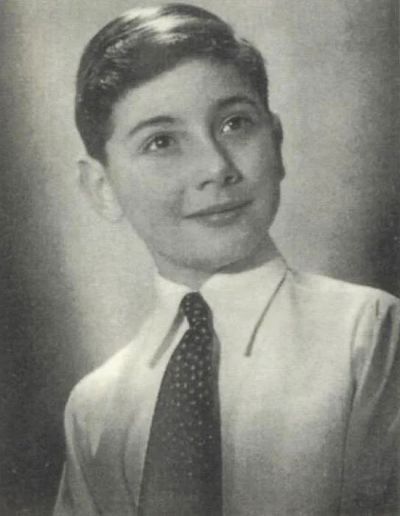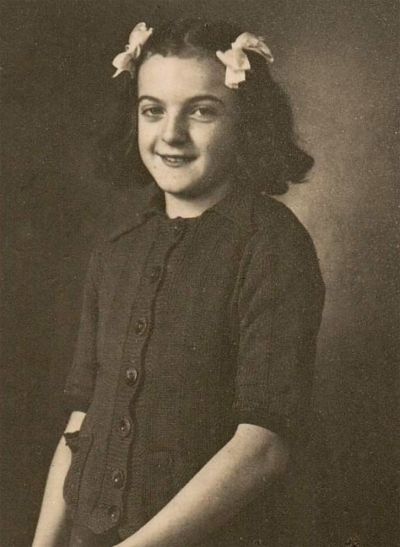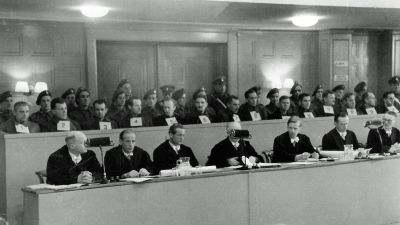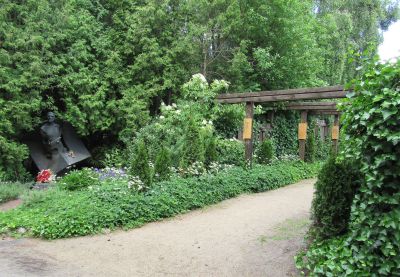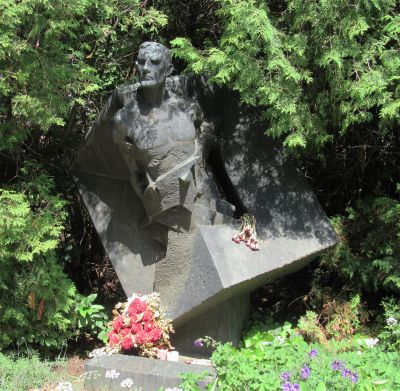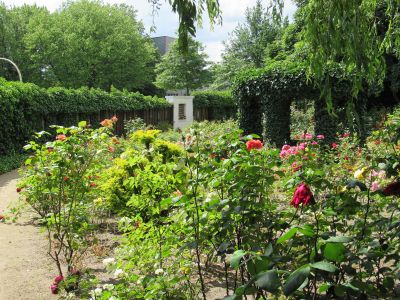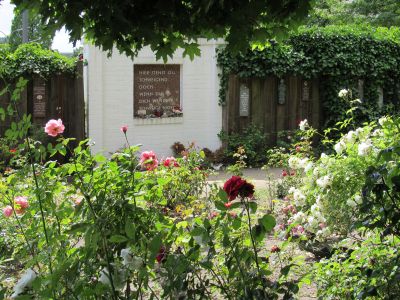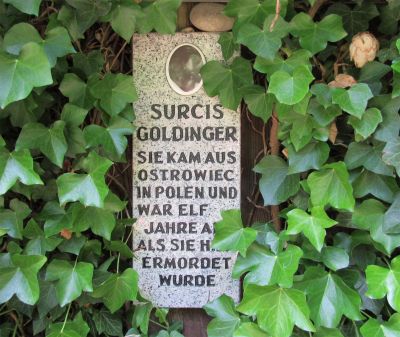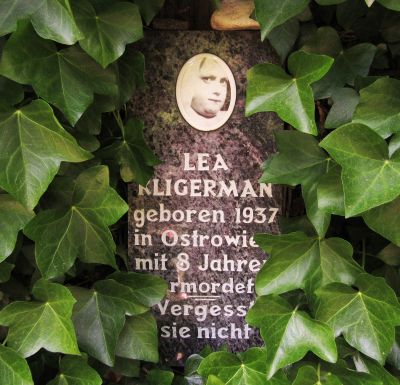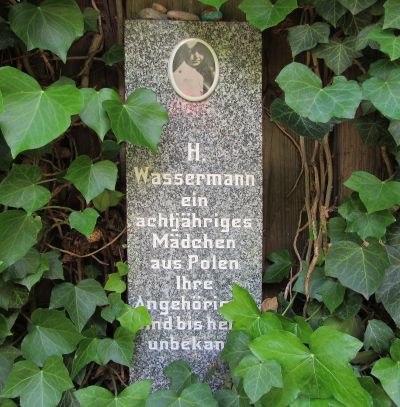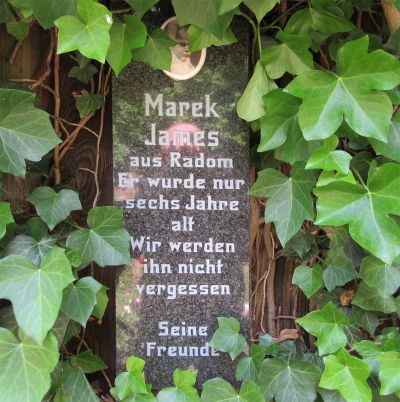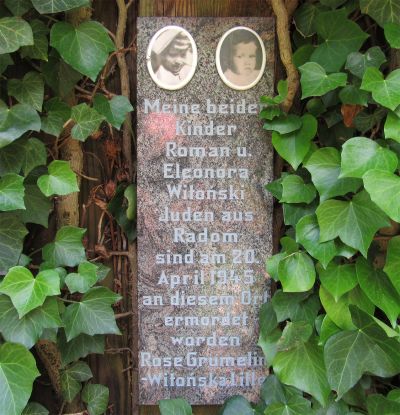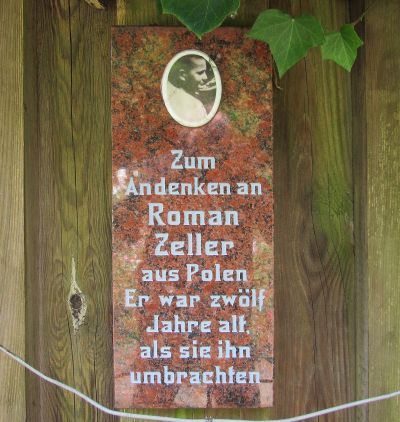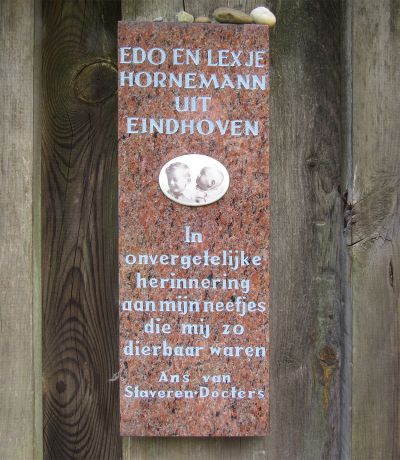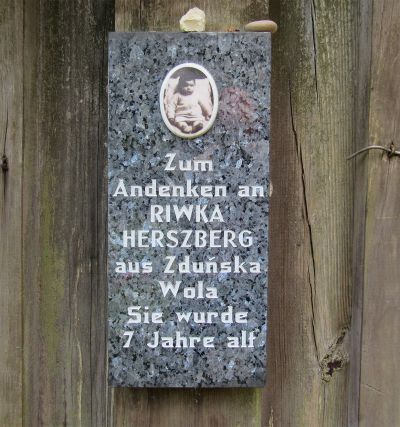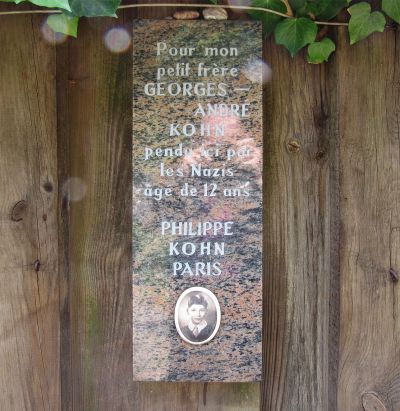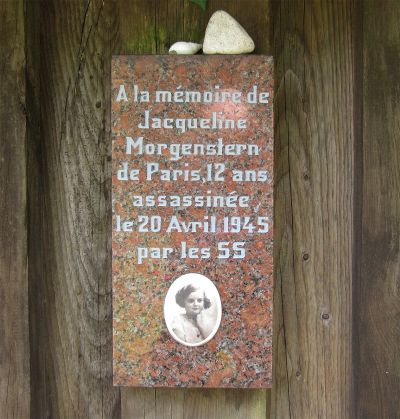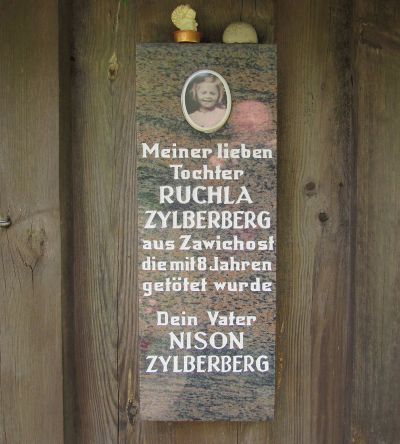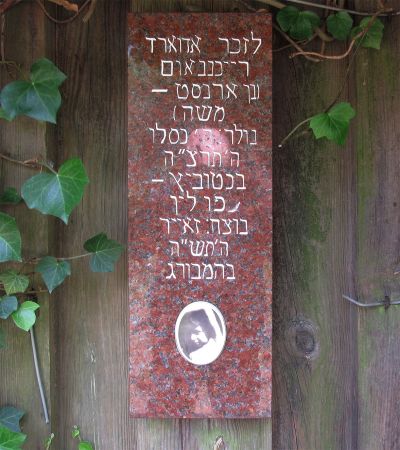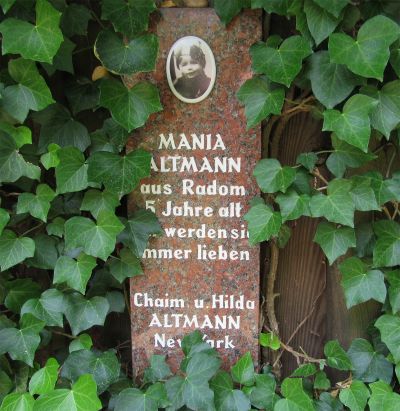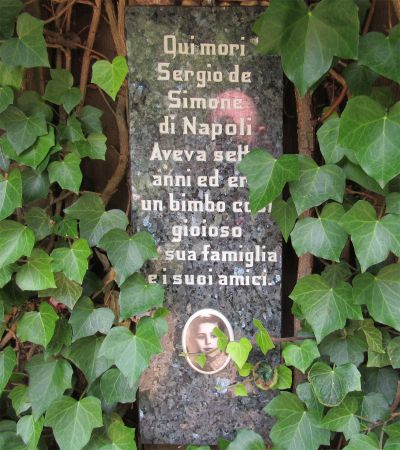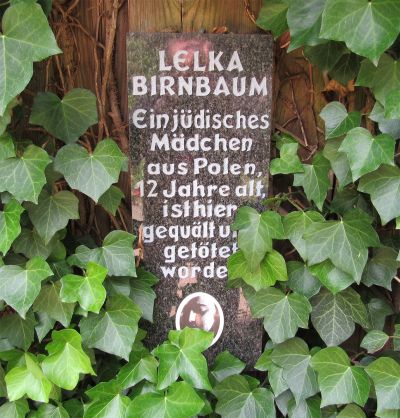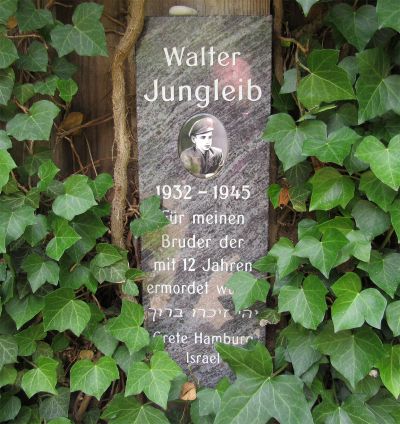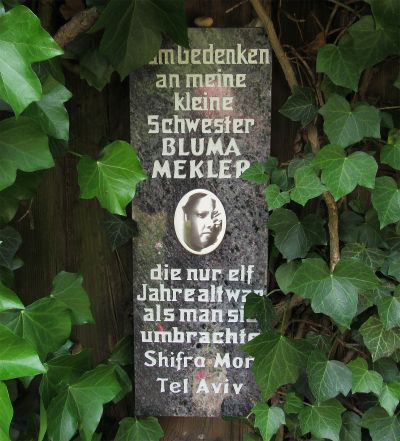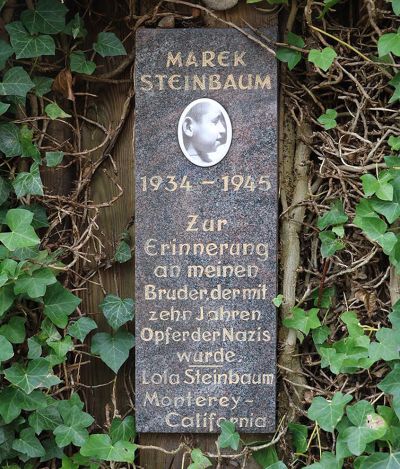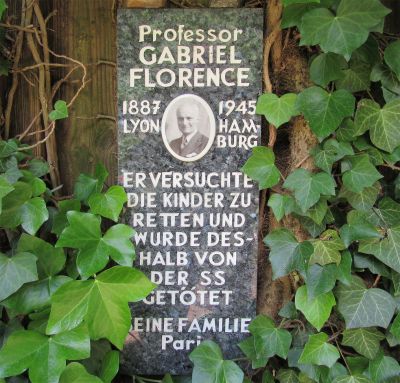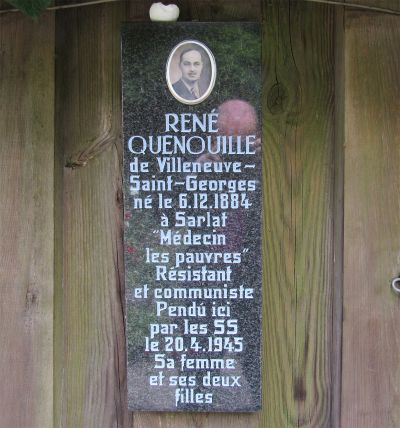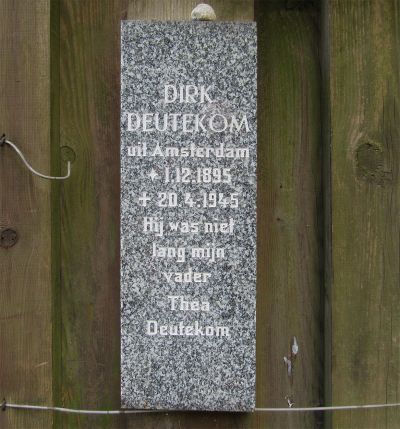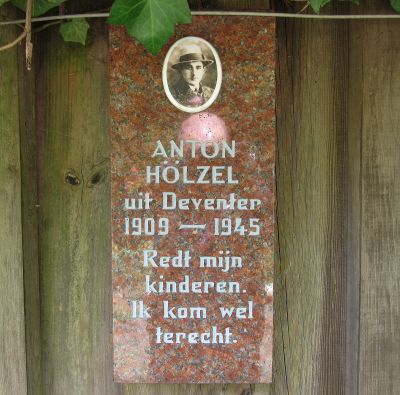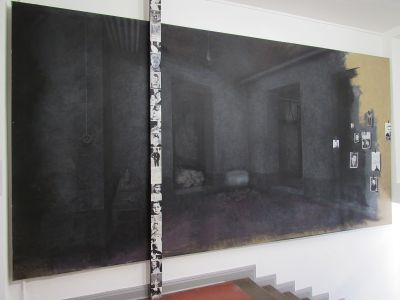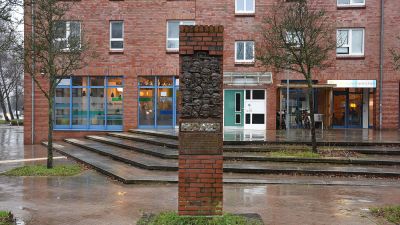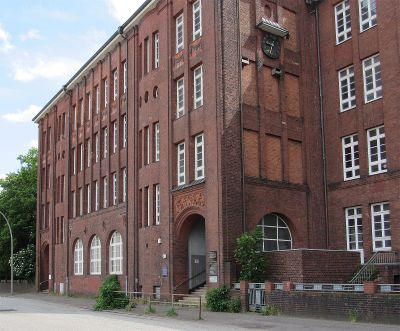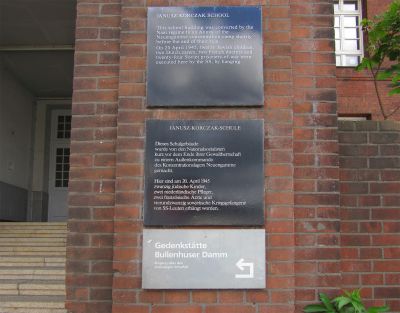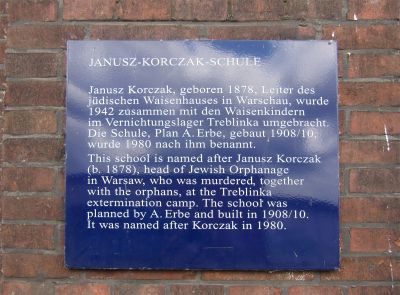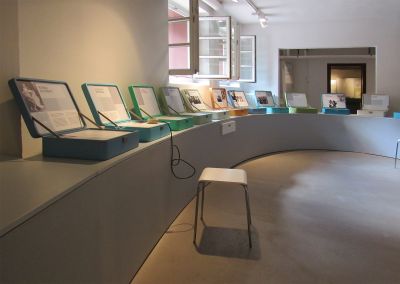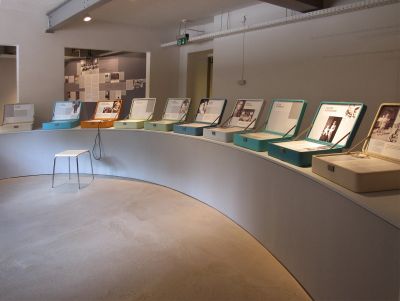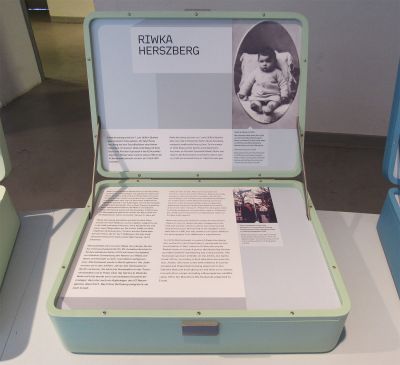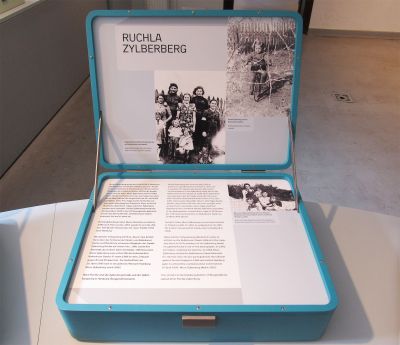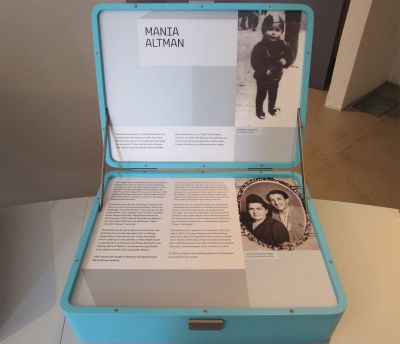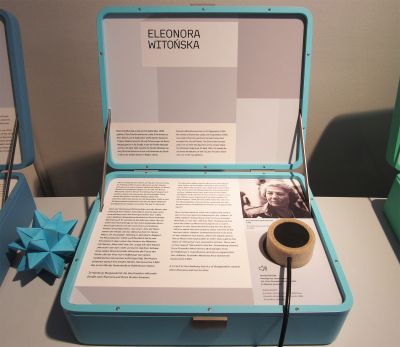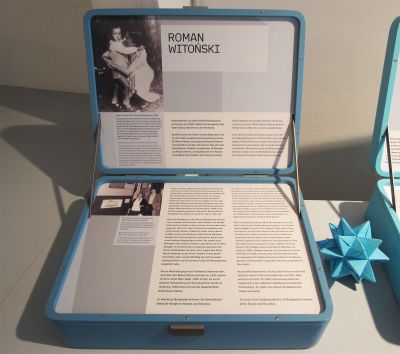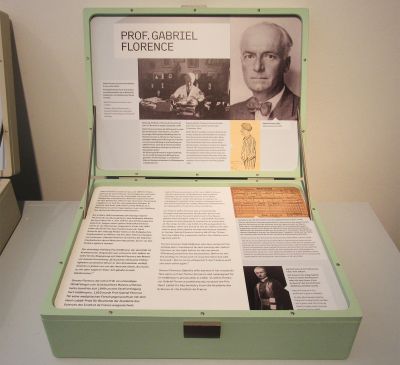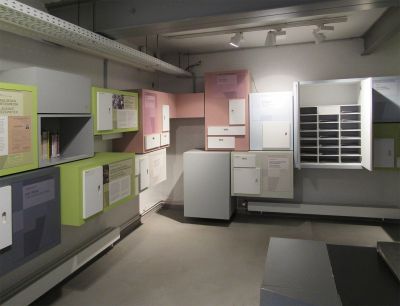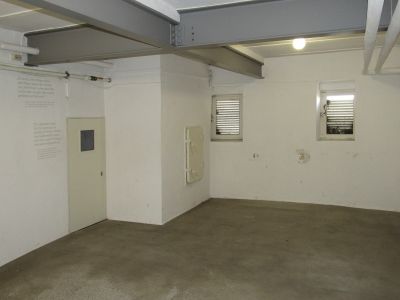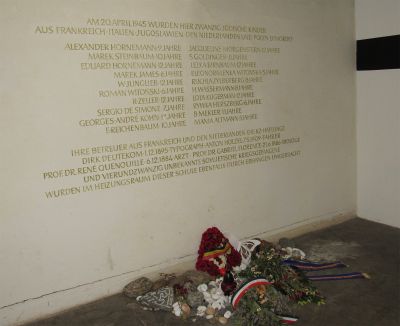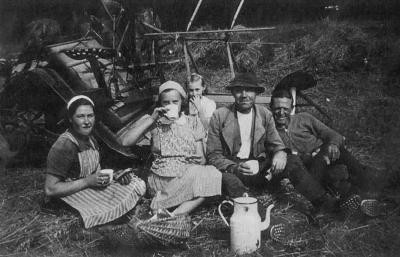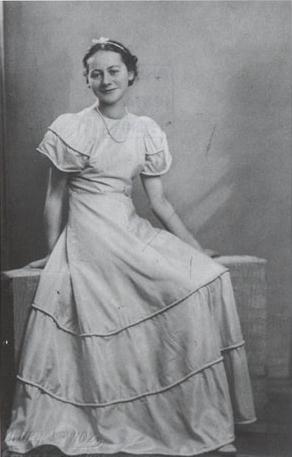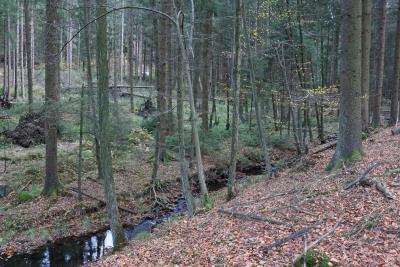The children of Bullenhuser Damm
Mediathek Sorted

Surcis Goldinger, who was born in Poland in 1934 or 1935, is noted on the list published by Henry Meyer in “Rapport fra Neuengamme”, which gives her surname, age, gender, and Poland as her place of origin. A girl with her name is also listed on a transport train that travelled to Auschwitz from a forced labour camp in Ostrowiec Świętokrzyski in Poland on 3 August 1944. At that time, Surcis was around ten years old.
Riwka Herszberg, born on 7 June 1938 in Zduńska Wola in the Polish voivodeship of Łódź, was the daughter of Mania and Mosze Herszberg, the head of a small textile factory. In the summer of 1944, the family was deported to Auschwitz concentration camp via the collection camp established by the Nazis in Piotrków. In Auschwitz, Riwka and her mother were interned in the women’s camp. Her father was taken to Buchenwald concentration camp in January 1945, where he was murdered three months later. Riwka was transported to Neuengamme five days after her mother was taken to a satellite concentration camp in Lippstadt on 23 November 1944. At that time, she was six years old. Mania Herszberg survived the war and later emigrated to the US.
Alexander and Eduard Hornemann (Figs. 2 . , 3 . ) came from Eindhoven in the Netherlands. Eduard was born on 1 January 1933, Alexander on 31 May 1936. Their father, Carl Philip Hornemann, worked at the electrical and radio appliance company Philips. From 1941, their mother, Elisabeth, and her sons went into hiding on a number of different farms. When the approximately 100 Jewish employees of the company were deported to the Herzogenbusch concentration camp near Vught in 1943, Elisabeth followed her husband with the children. The family were transported to Auschwitz concentration camp on 3 June 1944. At that time, Eduard was eleven, and Alexander was eight years old. After their mother died of typhus in September, Eduard and Alexander were moved to the children’s barracks and taken to Neuengamme on 28 November 1944. Their father was transferred to Dachau concentration camp and died on 21 February 1945 while being transported to the concentration camp at Sachsenhausen.
Marek James (Fig. 4 . ) from Radom in Poland was born on 17 March or 17 April 1939. After the ghetto in Radom was established by the German occupiers in March 1941, he and his parents Adam and Zela were forced to live there. Like Mania Altman’s family, they too were taken to the Pionki forced labour camp in 1943. From there, they were deported to Auschwitz concentration camp in the summer of 1944, where Marek was separated from his mother. At that time, he was five-and-a-half years old. His mother survived the war in the women’s satellite camp of the Gross-Rosen concentration camp in Jiřetín in Czechoslovakia. His father also survived, in the satellite camps of Sachsenhausen concentration camp in Glöwen and Rathenow. After the war, the couple lived in southern Germany, had another son, and emigrated to the US in 1949.
Walter Jacob Jungleib (Fig. 5 . ) was born on 12 August 1932 in Hlohovec, Slovakia. His parents were the goldsmith and watchmaker Arnold Jungleib and his wife Malvina, née Frieder. He had a sister, Grete, who was two years older. His parents owned a jewellery shop. From 1942 onwards, the family were forced to move several times to escape the persecution of the Jews. In October 1944, they were taken to the Sered’ transit camp in western Slovakia and from there to Auschwitz, where they were separated. At that time, Walter was twelve years old. His father died in the Mauthausen concentration camp. Like Riwka Herszberg’s mother, Walter’s mother was transferred to a satellite camp in Lippstadt on 23 November 1944, where all trace of her is lost. Grete survived the Holocaust and lives near Tel Aviv in Israel.
Lea Klygerman (Kligerman) was born on 28 April 1937 in Ostrowiec Świętokrzyski in Poland. Like Surcis Goldinger, she and her younger sister Rifka, together with her mother Ester, née Herczyk, were deported from the Nazi forced labour camp in the town to Auschwitz on 3 August 1944. Lea was seven years old. On 28 November of that year, she was taken to Neuengamme concentration camp. Nothing is known of what happened to Rifka. Her father, Berek Klygerman, was deported to Auschwitz from the forced labour camp at Bliżyn, a satellite of the Majdanek concentration camp forty kilometres south-west of Radom. In October 1944, he was taken to Sachsenhausen concentration camp and later to Buchenwald concentration camp, where he died in February 1945. Ester Klygerman survived and returned to Poland after the war. She emigrated to Israel in the 1970s, where she re-married.

















































































